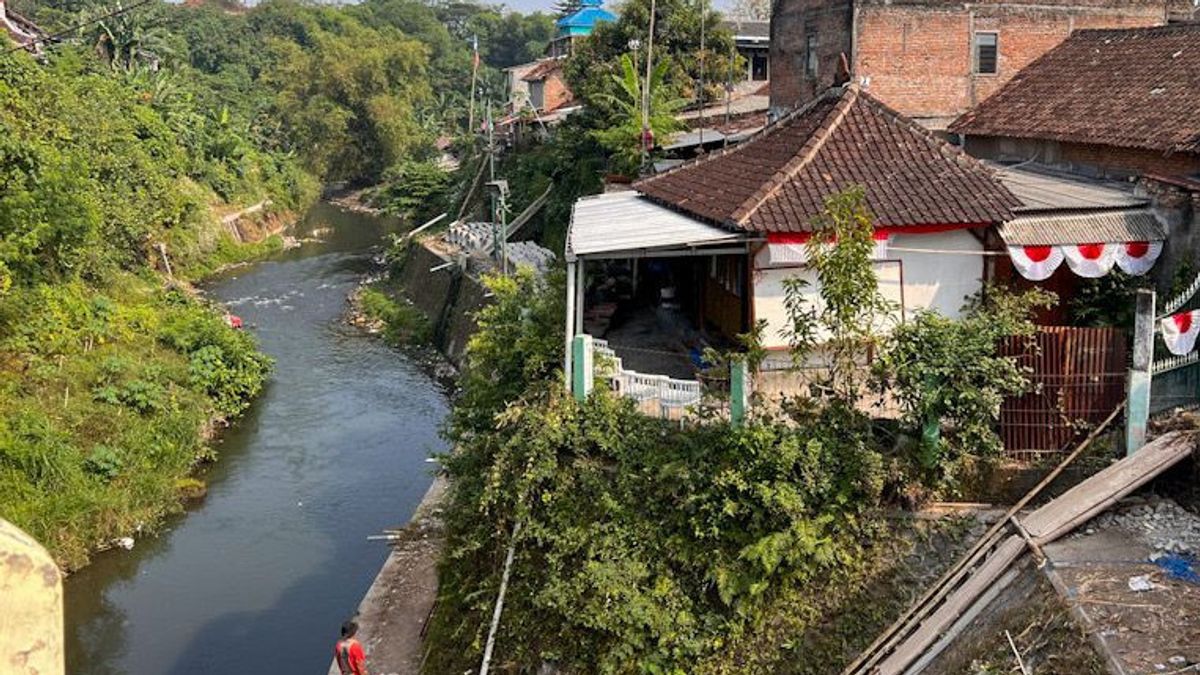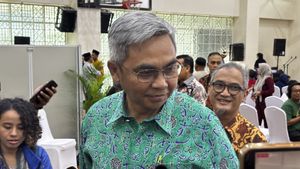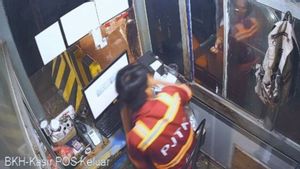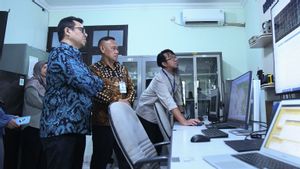YOGYAKARTA - The Department of Public Works, Housing and Settlement Areas of Yogyakarta City continues the slum arrangement program in Prenggan Village, namely in Sambirejo Village with a budget of around Rp. 1.8 billion from the APBD.
“The arrangement of slum areas in that location is the only arrangement of slum settlements on an regional scale that is being carried out this year. So, we are really focused on that location," said the Head of the Housing and Settlement Division of the Yogyakarta City Housing and Settlement Area Public Works Agency (DPUPKP) Sigit Setiawan as reported by ANTARA, Wednesday, August 3.
The work on handling slums in the kelurahan has been carried out since the end of June and is expected to be completed by the end of November.
A number of works were carried out, including the construction of riverside environmental roads, construction of guardrails, public street lighting, strengthening of river banks, and construction of communal IPALs.
According to Sigit, the area is actually not included in the slum area assessment score.
"It's just that there is still a little homework on the sanitation indicators," he said.
In the riverside area, there are still many people who directly throw their waste into the river, so that in this year's arrangement, a communal WWTP was built so that no more waste is dumped directly into the river.
Sigit said that the area was once managed using funds from the state budget in 2019. "Our work this year is only to complete it so that the slum indicator score from the sanitation aspect becomes zero," he said.
In addition to using funds from the APBD, Sigit said, he had proposed the handling of slum areas to the central government to be financed using the APBN this year.
"However, the proposals that we submitted could not be fulfilled this year because the funds needed were quite large," he said.
Therefore, the Yogyakarta City Government only relies on the APBD for the handling of slum settlements this year, so the strategy adopted is collaboration with other fields such as the field of water resources which builds drainage.
"If during drainage revitalization it is found that there are still residents throwing waste into the drainage, then we will handle the waste. The hope is that it can reduce the score of the slum indicator,” said Sigit.
In addition to building a number of new infrastructures to support the arrangement of slum settlements, Sigit also ensures that he will continue to maintain other infrastructure that has been built so that the slum areas that have been arranged can be maintained.
The English, Chinese, Japanese, Arabic, and French versions are automatically generated by the AI. So there may still be inaccuracies in translating, please always see Indonesian as our main language. (system supported by DigitalSiber.id)













